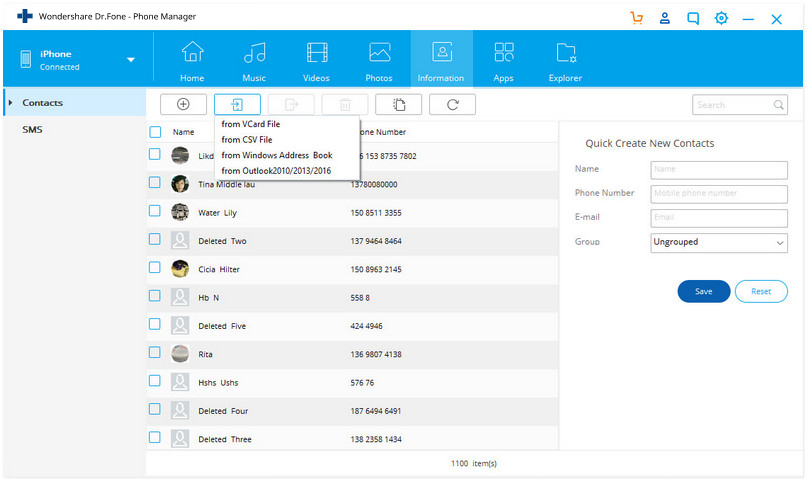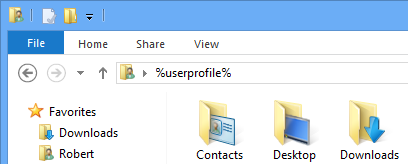

- #IPHONE EXPLORER CONTACTS FOLDER INSTALL#
- #IPHONE EXPLORER CONTACTS FOLDER SOFTWARE#
- #IPHONE EXPLORER CONTACTS FOLDER PC#
- #IPHONE EXPLORER CONTACTS FOLDER DOWNLOAD#
#IPHONE EXPLORER CONTACTS FOLDER DOWNLOAD#
To disable it, open the Settings app, go to Apple ID > iCloud > i Cloud Photos, and select Download and Keep Originals.
#IPHONE EXPLORER CONTACTS FOLDER PC#
Your PC may also fail to show the photos inside the DCIM folder on your iPhone if the Optimize iPhone Storage setting for iCloud Photos is enabled. You can usually do that after selecting an antivirus program’s icon on the system tray or through its main configuration window.
#IPHONE EXPLORER CONTACTS FOLDER SOFTWARE#
So, briefly pause or disable such software and see if that helps.

Having a third-party antivirus utility on the PC is another reason that prevents your iPhone or its DCIM folder from showing up in File Explorer. Since you’ve reset your location and privacy settings, you must unlock your iPhone and tap Allow/ Trust to provide Windows the permission to access the DCIM folder on your iOS device again. This makes it an ideal alternative to iTunes.3. With the command folder selected on the left, double-click the (Default) value on the right. From the home, you can choose to transfer data between your iOS device and iTunes in no time. Right-click on this newly created key (or folder), select New > Key again, and give it the name command. iPhone stores contacts in the location set by Settings Contacts Default Account. The best part about this iPhone explorer Mac and Windows is that it can also be used to manage iTunes media without iTunes. Choose the folder where you want to save the file, and click Select Folder. Select a file from the list, and click Save.

Click the iPhone icon near the top left corner of iTunes. From here, you can import or export your files to and from different formats. Wait for the iPhone to connect, then click Continue on your PC when prompted. To modify multiple files or folders at the same time, tap, tap Select, tap your selections, then tap an option at the bottom of the screen. Touch and hold the file or folder, then choose an option: Copy, Duplicate, Move, Delete, Rename, or Compress. Simply visit the respective tab – Photos, Videos, or Music. Rename, compress, and make other changes to a file or a folder. You can also transfer your media files (like videos, photos, music, and more) between your iOS device and computer easily. Here, you can take a backup of your contacts or messages and perform numerous other tasks. You can transfer music and video from any iPhone, iPod or iPad right back to the iTunes library or any location on the computer. The first Wi-Fi and USB file transfer explorer, it is available both for Windows and Mac in 10 different languages. If you want to manage your contacts or messages, then go to its “Information” tab. DiskAid is a multipurpose iPhone File Explorer that can be used for iPhone, iPad and iPod.
#IPHONE EXPLORER CONTACTS FOLDER INSTALL#
Remove any app or install multiple apps at once. For instance, under the “Apps” section, you can manage the installed applications on your device. There are tons of other features on this iPhone file explorer. You can find them in this way: open File Manager, and choose the data/data//databases/contacts.db. Transfer, manage, export/import your music, photos, videos, contacts, SMS, Apps etc.

You can visit any directory, browse files, and perform various other tasks to manage your data. Here, you can create a new folder, transfer your files, get rid of unwanted data, and perform all the basic tasks just like any other file explorer. The iOS explorer provides a comprehensive view of the device’s storage under its Disk Mode. From the Group page, choose 'Show All Contacts.' Part 4. Tap 'Show All Contacts.' To unhide contacts on iPhone via the Settings: Step 1. This will provide an in-depth view of all the directories and files on your device. Tap 'Contacts' at the bottom of the screen. Go to Dr.Fone’s "Phone Manager" module to access it.Īfterwards, you can simply go to its “Explorer” tab. Simply connect your iPhone or any other iOS device like iPad or iPod Touch to your system and launch this iOS explorer. The file structure in your folder will remain the same. The tool will let you gain complete access to the file system of your iOS device. You can instantly send your photos, documents, or entire folders to a nearby iPhone or iPad.


 0 kommentar(er)
0 kommentar(er)
